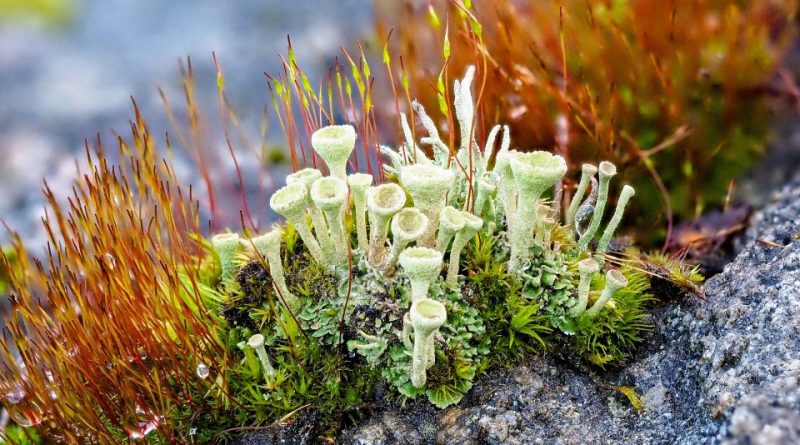Bioindicator
Bioindicator
Bioindicators are living organisms or groups of organisms that perceive the ecological alterations of the environment in which they live, caused by different types of pollution or environmental stress factors. Due to pollution they undergo evident variations in physiology, morphology or spatial distribution, in practice they react in an observable way, macroscopically or microscopically, to the modifications of their ecological niche.
A bioindicator is, therefore, an organism or a group of organisms used to evaluate the state of health of a natural environment or the presence of pollutants in the environment. Bioindicators provide information about environmental conditions through their biological response to certain environmental factors.
Organisms used as bioindicators can be plants, animals or microbes. The choice of organisms depends on the specific environment you wish to monitor.
For example, some lichen species can be used as bioindicators of air pollution, as they react to chemicals in the air.
The biological response of bioindicators can manifest itself in several ways. They may show signs of physiological stress, changes in their life cycle, alterations in growth or reproduction, or accumulation of toxic chemicals in their bodies. Bioindicators are often used to monitor the presence of pollutants such as heavy metals, pesticides, air pollutants or industrial chemicals.
The use of bioindicators is important because it provides information on the health of ecosystems and on the impact of human activities on the environment. The results obtained through the monitoring of bioindicators can help to make informed decisions for environmental management and to take corrective measures when situations of pollution or ecological imbalances are detected.

